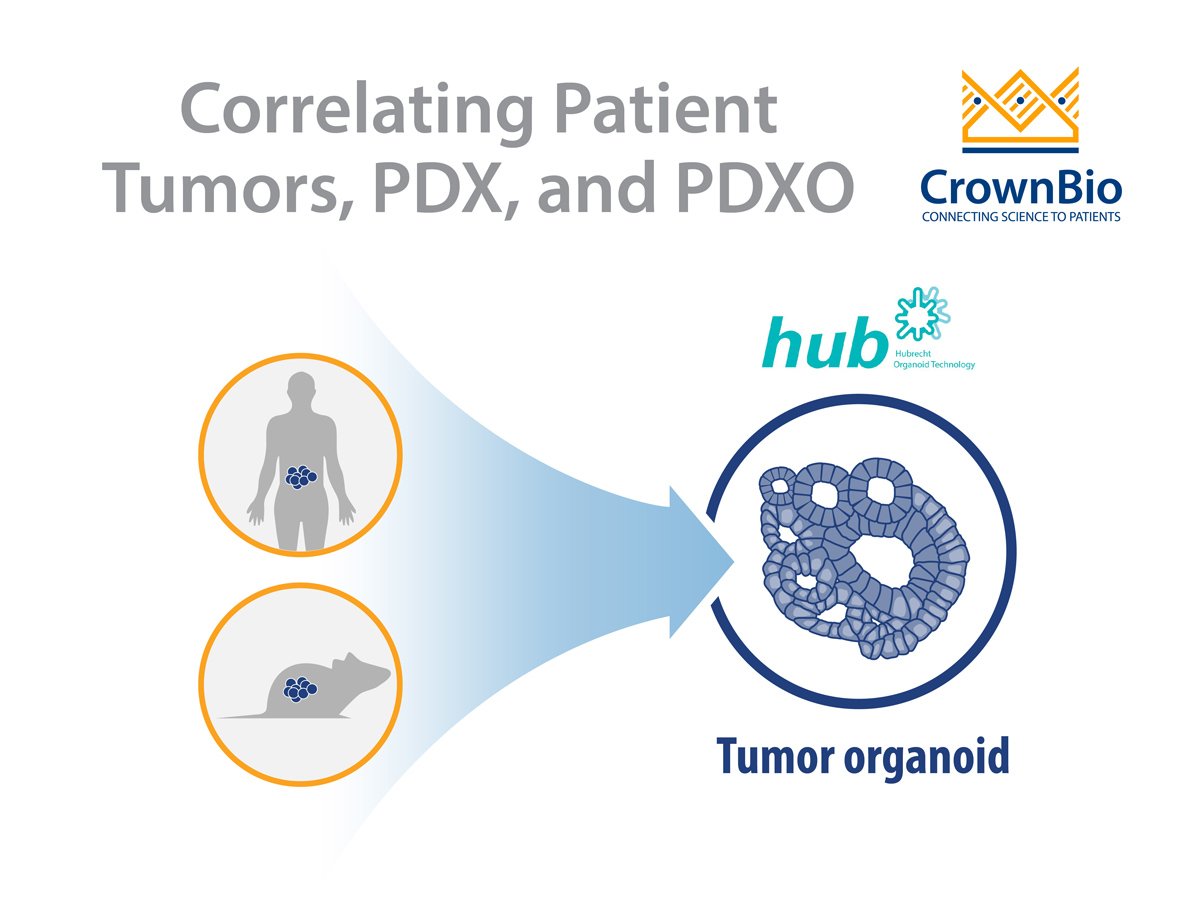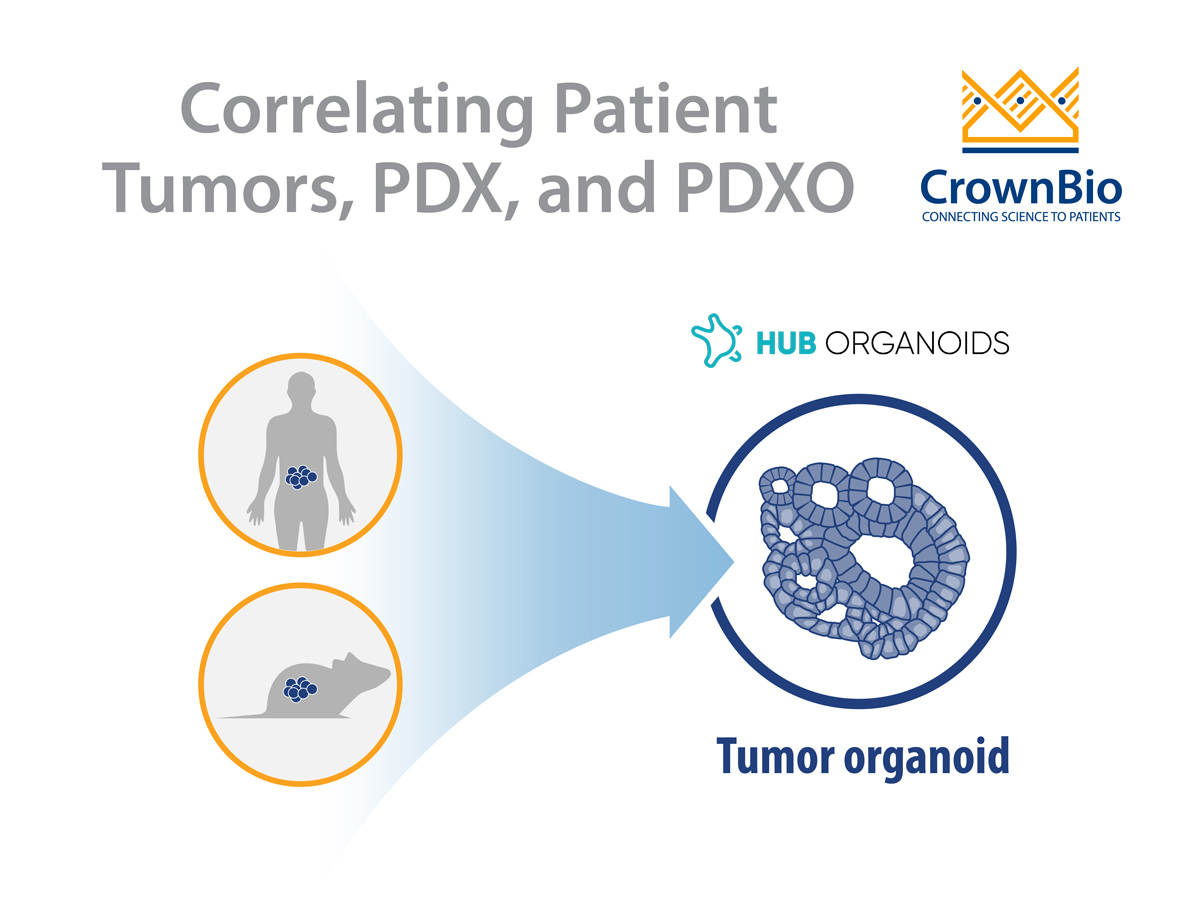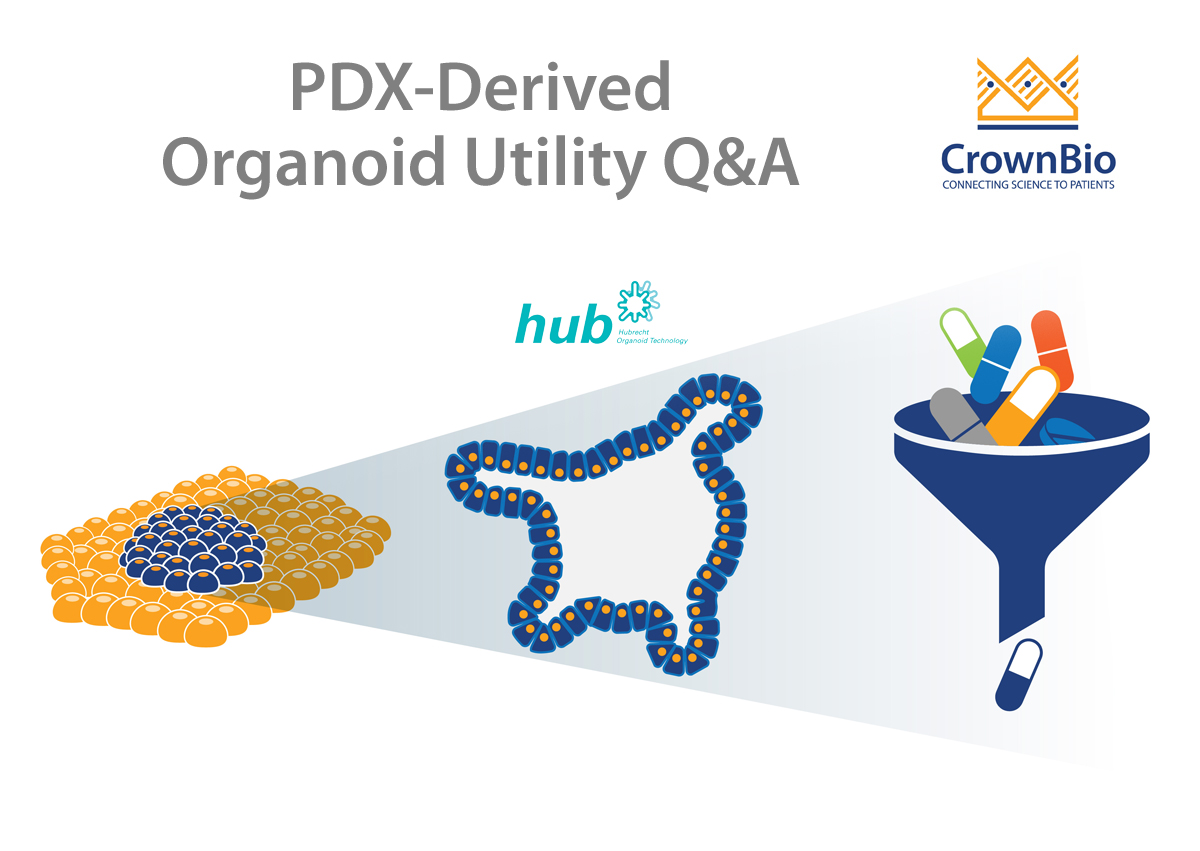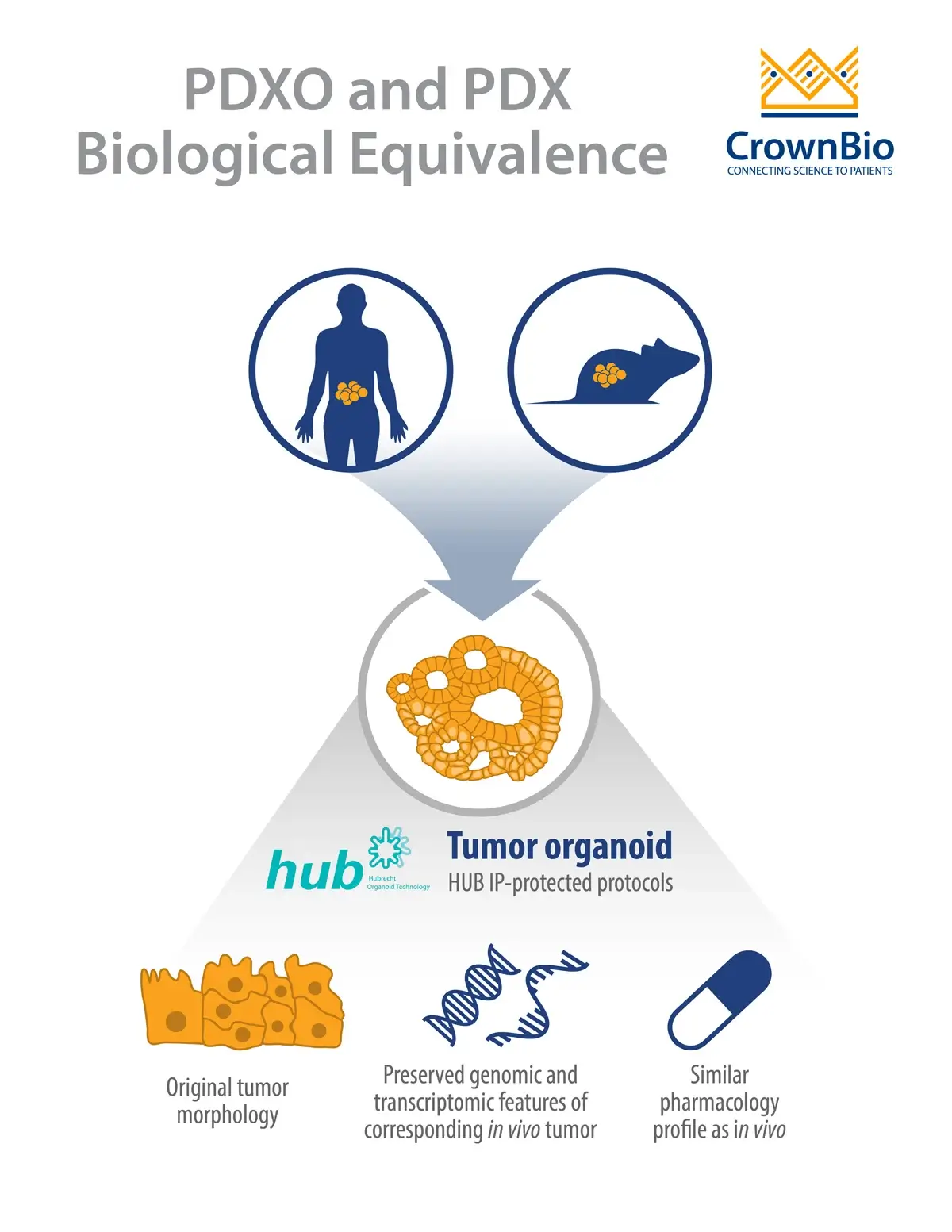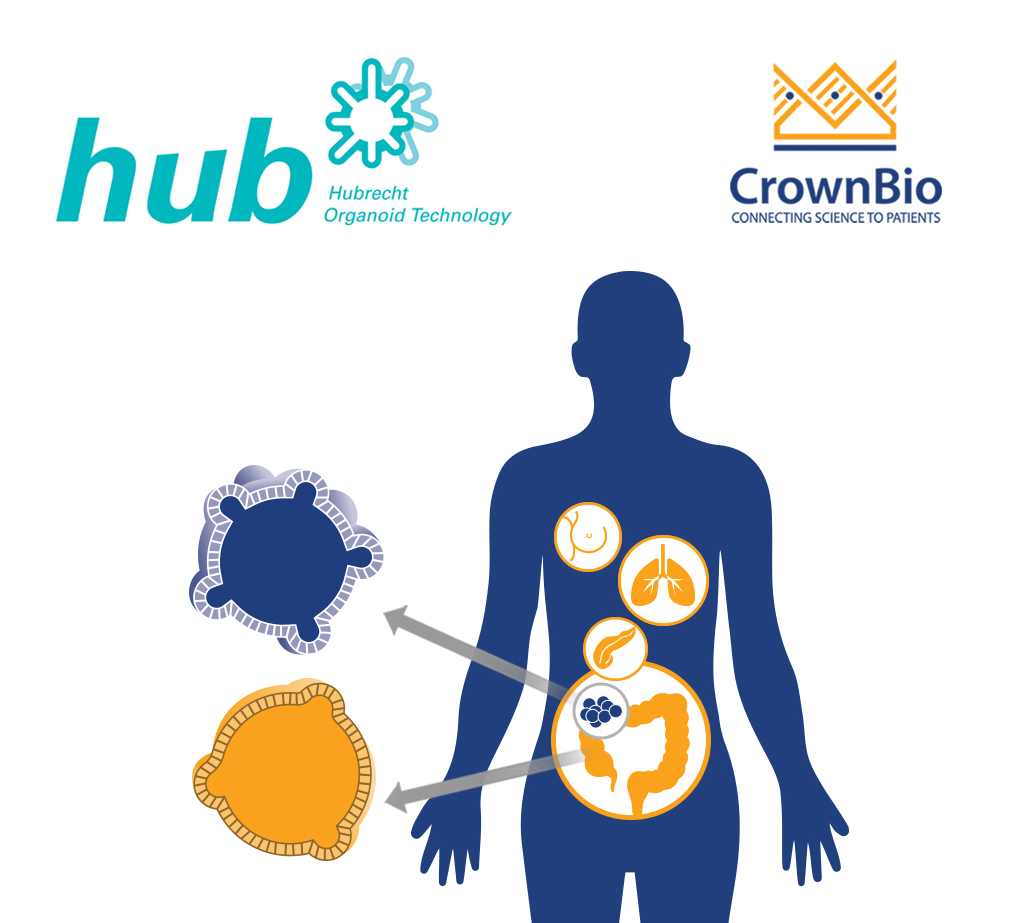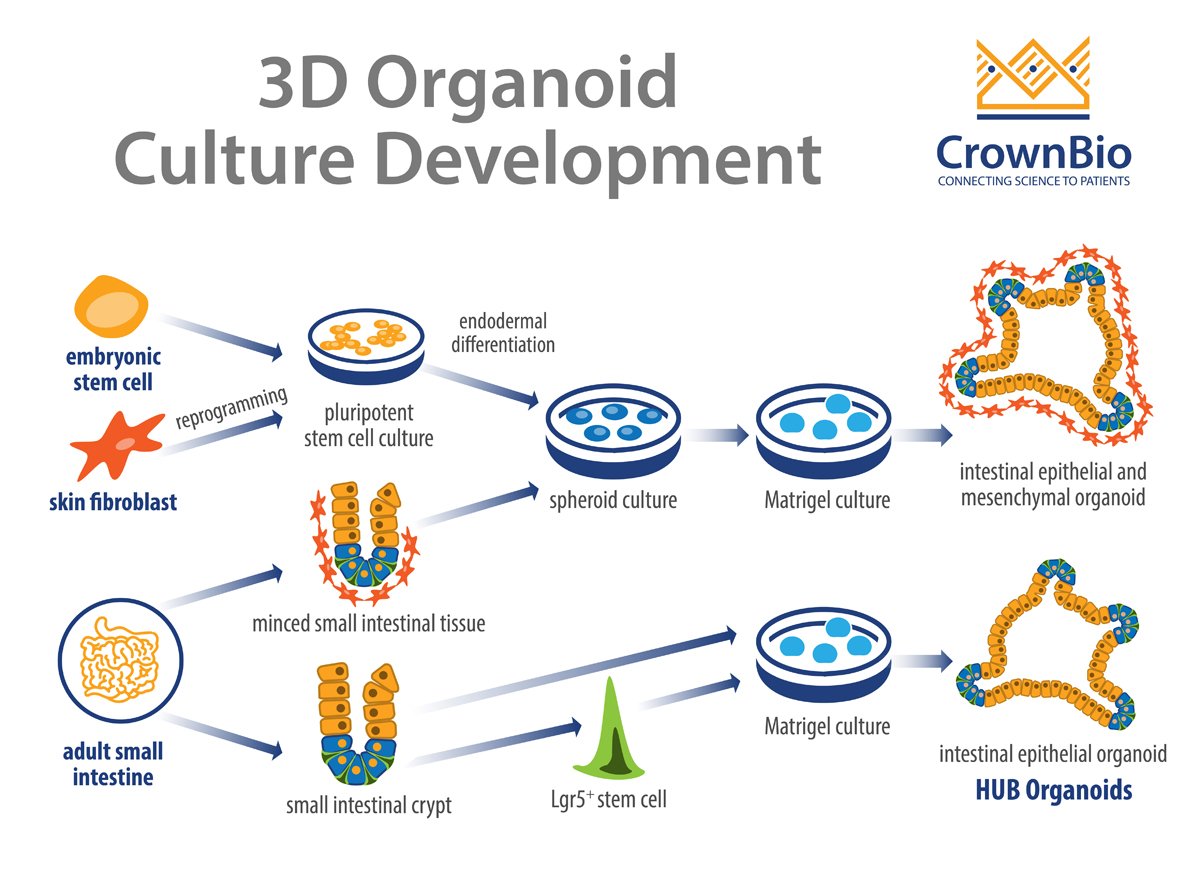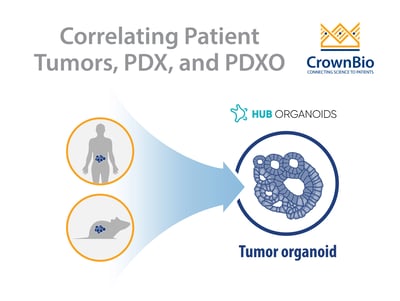 At our recent webinar we discussed our innovative PDX-derived organoid (PDXO) in vitro platform. We received many interesting questions on how these models correlate with their parental PDX and originating tumors, which we've summarized and had answered here by Dr. Rajendra Kumari, Global Head of Scientific Communication.
At our recent webinar we discussed our innovative PDX-derived organoid (PDXO) in vitro platform. We received many interesting questions on how these models correlate with their parental PDX and originating tumors, which we've summarized and had answered here by Dr. Rajendra Kumari, Global Head of Scientific Communication.
Tumor Microenvironment (TME)
What are the Tumor Microenvironment Physicochemical properties (pH, hypoxia) in PDXOs with Respect to Original Tumors?
Although organoids recapitulate tissue morphogenesis and pathophysiology of corresponding tissue in vivo, they are still an in vitro system. There may be some differences and specific culturing techniques may be devised to help mimic certain conditions.
Do PDOs maintain a TME in 3D Culture Similar to Parental Tumors?
PDO comparison to patient has been published by the Clevers lab and others. Here we show that PDXO derived from PDX models retain the histopathological features of the PDX.
Genetic Comparisons
At which Passage of your PDXO have you done your Genetic Comparison?
This varies as it is dependent on the time it takes to develop a robust stable organoid line which may be achieved over 3 passages or more.
Do you Clonally Select while Optimizing PDXO Culture Compared to PDX and the Patient?
This is a possibility although we haven’t investigated this against our PDX. We can say that we find close concordance when examining mutations and expression levels between PDXO and PDX.
The ~6% and ~3% of Differences in Gene Expression that you Report between PDXO and PDX, do you find that these are Consistently the Same Genes/Gene Families or is it Random?
This is a very interesting questions and something which we are currently looking into.
Pharmacological Response
How do you Correlate the Pharmacological Response of your PDXO with Patient Response?
We haven’t correlated PDXO response with patient response, our data correlate in vitro PDXO with in vivo PDX response.
Can you Explain why the Prediction Rate of PDX Response In Vivo is Worse for PDXO compared to the Prediction Rate of PDO to Patients?
The PDO prediction of the matched patient response was based on 21 matched datasets for about 5 different test agents for colorectal treatments. The PDXO correlation with in vivo PDX response is based on 32 matched sets (and this is a higher number now as more model data comes through) across 4 cancer types, 11 different models, and 12 different test agents.
Therefore, the depth and breadth of data is not the same, we are currently looking to dissect this out further into cancer types, therapeutic class, and mutational status.
You Mentioned that there was Poor Translation of Cetuximab from the PDXO to In Vivo PDX Models. Do you think this is Due to a Role of the Immune System e.g. ADCC or ADCP?
Yes, potentially and something we are looking into at the moment.
Check out our other posts to review more PDXO key questions around model development and utilities.

